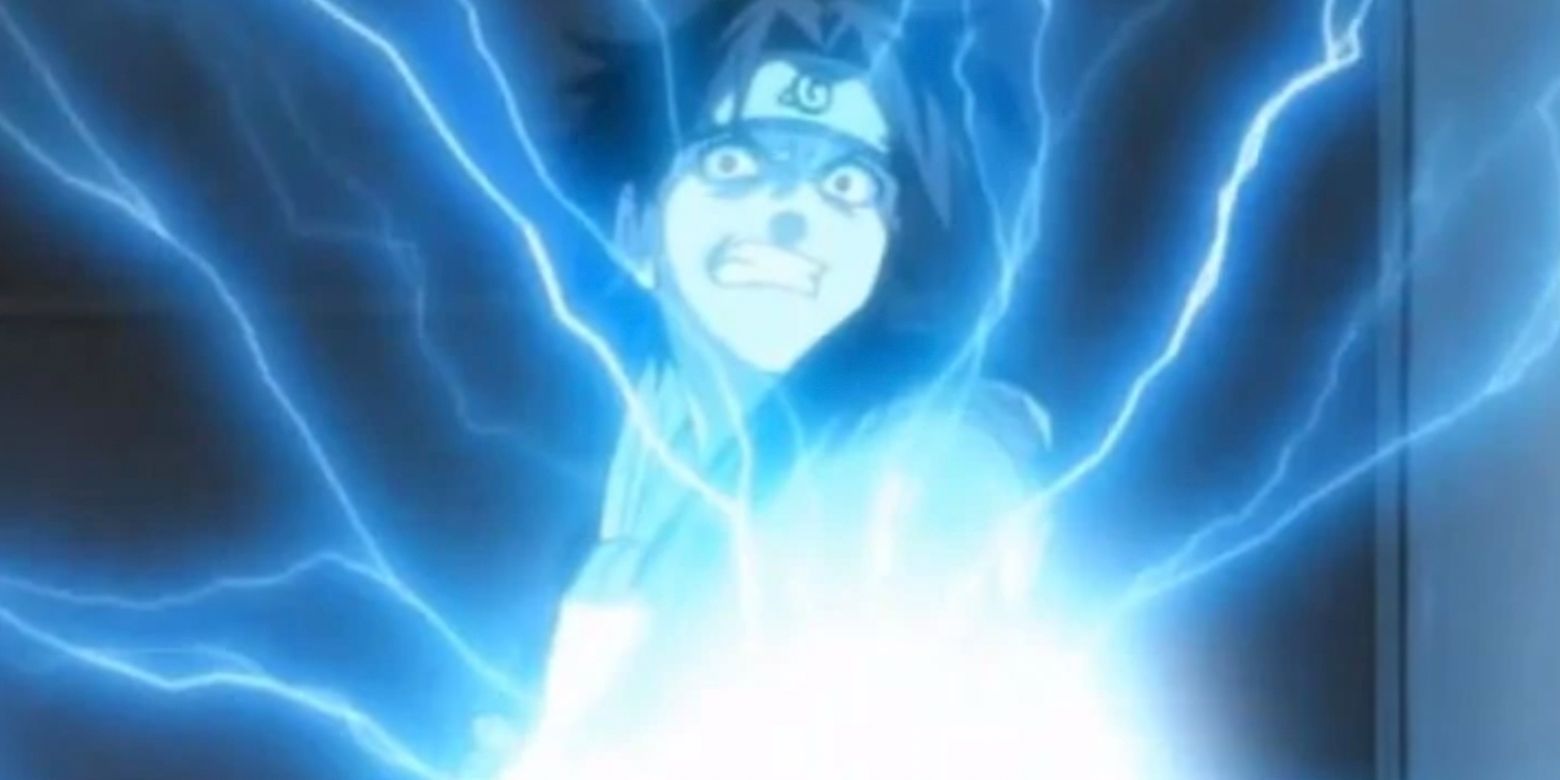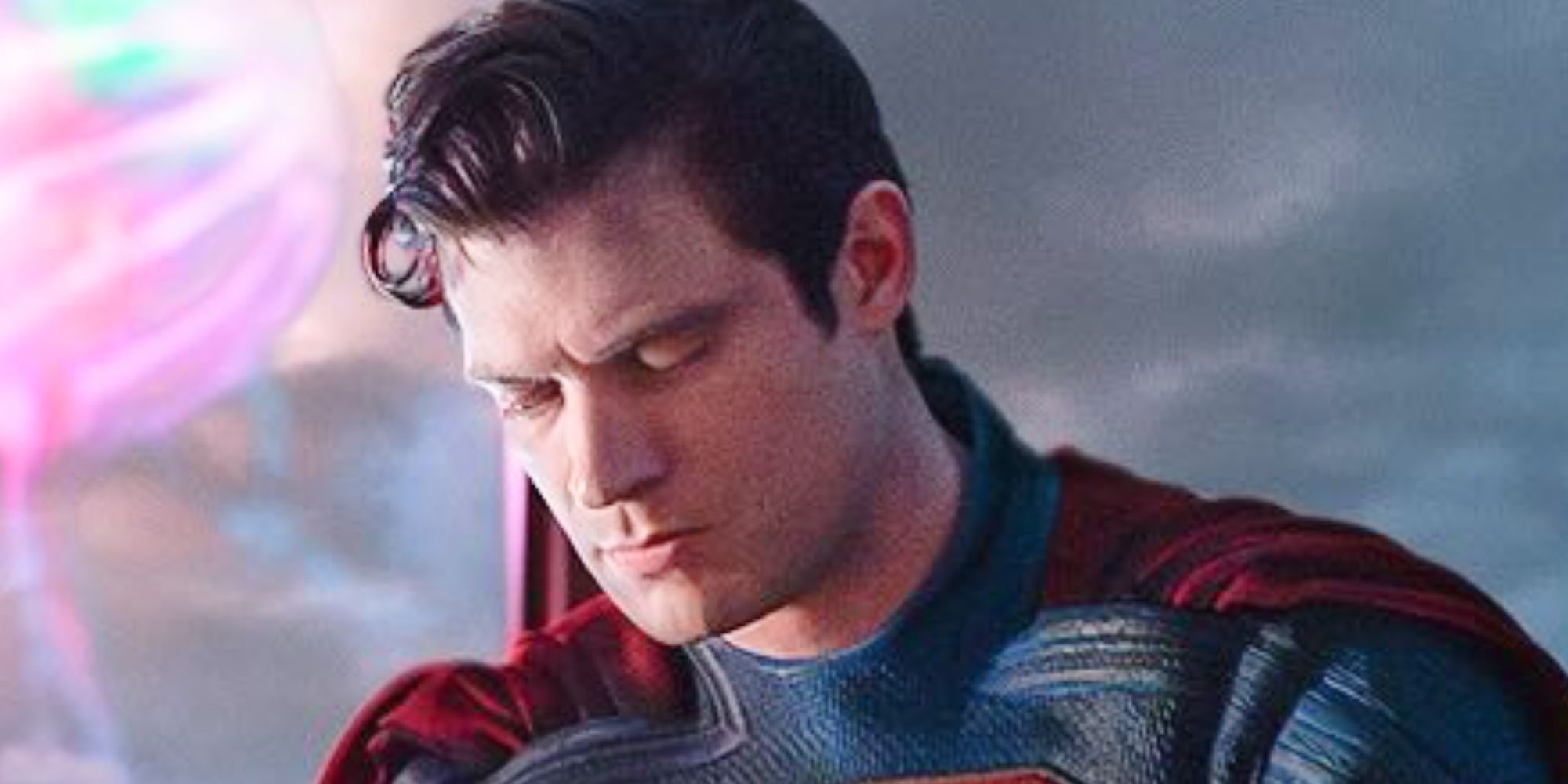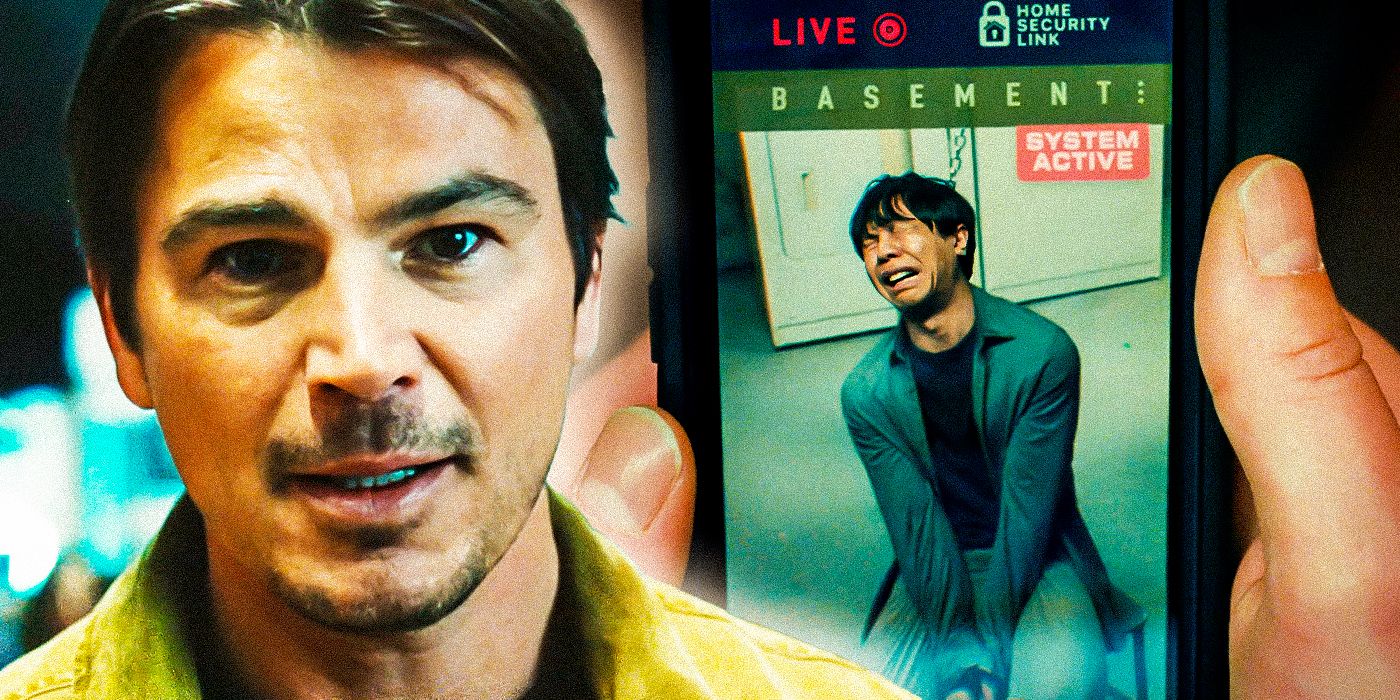Pixar’s Inside Out explored the way that people’s emotions work in a unique way, and the film’s ending revealed a lot about the balance of these emotions. Feelings like sadness are often considered negative, and Riley’s journey was all about how embracing uncomfortable emotions is necessary and important. Still, the fact that Riley’s parents, Mr. and Mrs. Anderson, were led by their own versions of Anger and Sadness, respectively, has raised some eyebrows. However, the ending montage of Inside Out, which showed the inner workings of several minor characters, proved that the lineup of Riley’s parents’ emotions wasn’t a bad thing.
The inside of each character’s head in Inside Out differed, but most included their own version of Joy, Anger, Sadness, Fear, and Disgust. Of these emotions, Joy was the leader of Riley’s mind, but this wasn’t the case for everyone. Riley’s father, Mr. Anderson, was led by Anger, and her mother, Mrs. Anderson, was led by Sadness. This could be seen as a reinforcement of family stereotypes—the angry father and depressed mother trope. However, the fact that these emotions lead these characters doesn’t necessarily mean that those are the feelings that define them, and the ending of Inside Out demonstrates this.
The Ending Of Inside Out Proves Riley’s Parents Have Well-Balanced Emotions

At the end of Inside Out, Riley’s inner Joy learns that it isn’t healthy to always be happy. Throughout the film, she attempts to shove Sadness out of the way, believing that being sad was bad and would make the Anderson family’s move to San Francisco even more difficult. However, it wasn’t until Joy allowed Sadness to step in and manage the situation that Riley could connect with her parents and heal. Joy was still the leader of the show, but she learned that each emotion needed their time to shine so Riley could be a well-balanced individual.
Following Riley’s happy ending, the Pixar film went into an ending montage that showed the inside of various characters’ heads. Though most contained the same emotions as Riley, there were some whose emotions seemed to have morphed into one. The pizza place employee had distinct emotions, but they all acted and sounded like Disgust. Then there was the taxi cab driver, who had five different versions of Anger rather than the variety seen in others. These characters were not balanced since a single emotion had entirely overtaken them.
This means that, though Mr. and Mrs. Anderson were led by Anger and Joy, these emotions hadn’t taken them over. Riley’s father was never an angry person in Inside Out, and her mother was joyful for the majority of the film. Since they had balanced emotions, Mr. Anderson being led by Anger simply means he has a strong sense of fairness and would be more likely to stand his ground under pressure. Mrs. Anderson being led by Sadness means she might be more sentimental and empathetic. The fact that they could both come together to support Riley shows that they could embrace all their emotions and remain mostly balanced.
Why Inside Out Makes Sadness The Hero In The End
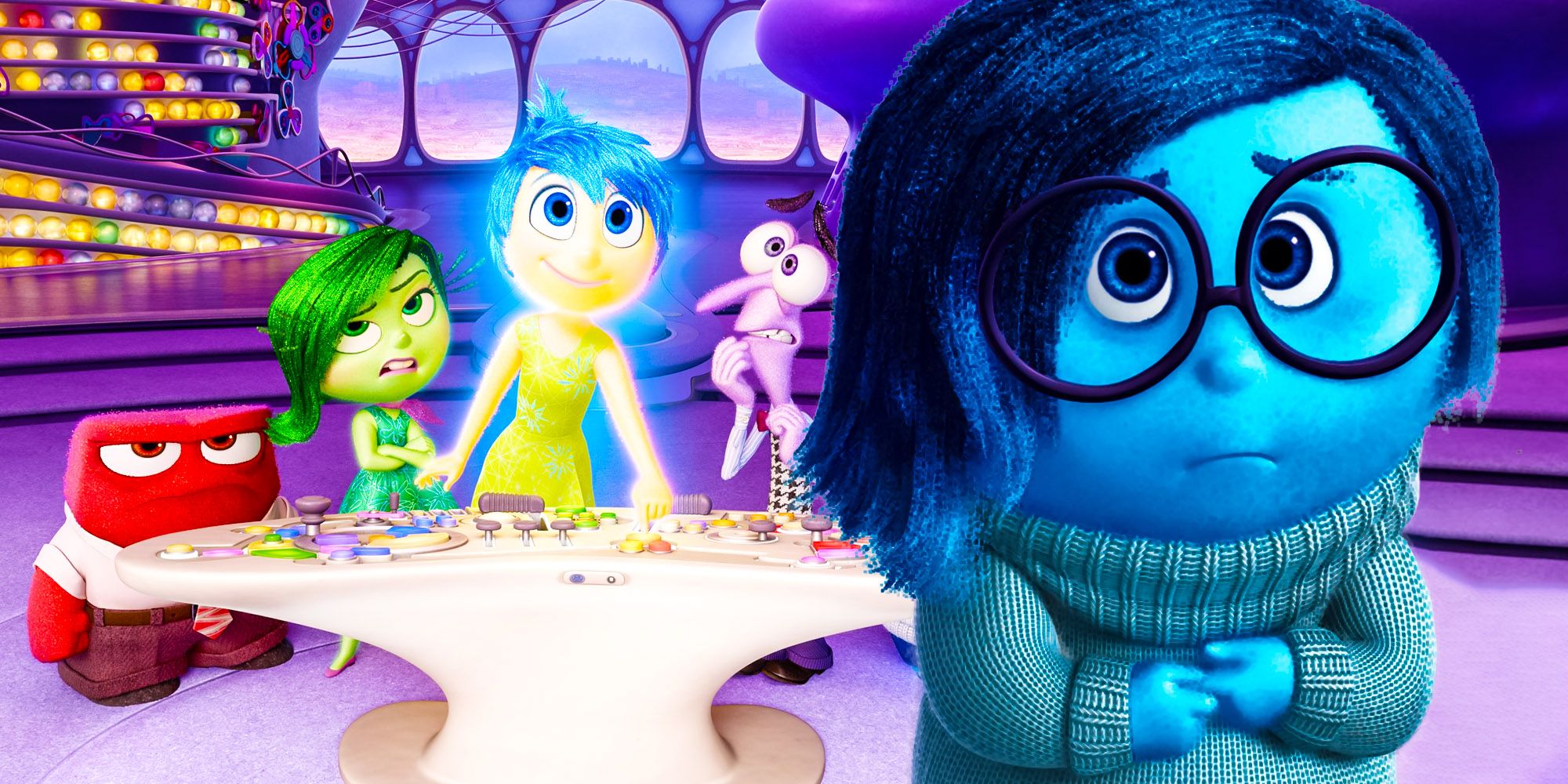
Throughout the majority of Inside Out, Sadness is something of a nuisance. Though Joy valued the roles that Anger, Disgust, and Fear had in Riley’s well-being, she couldn’t see any benefit to Riley being sad. However, it was ironically thanks to Joy’s determination to isolate Sadness that things went wrong for Riley. Sadness had developed the impulse to touch memories related to living in Minnesota or moving to San Franciso, an action that turned these previously happy memories into sad ones. To stop this, Joy sent Riley into an emotional spiral.
Of course, forcing oneself to be eternally joyful is unhealthy, and it was necessary for Riley to feel sad about all the things that were changing in her life to move forward. For this reason, Sadness was the only one who could save the day. By allowing this “negative” emotion to take the wheel, Riley was able to share a touching moment with her family. This resulted in a yellow and blue memory—her first time experiencing the complex combination of happy and sad. The idea of Sadness being the hero of Inside Out proved that there are no bad emotions. By learning this, Riley could upgrade to a console that allowed her to experience more than one feeling at a time—emotional balance.
Joy’s Realization About Sadness Also Makes Riley’s Mom’s Emotions Less Depressing
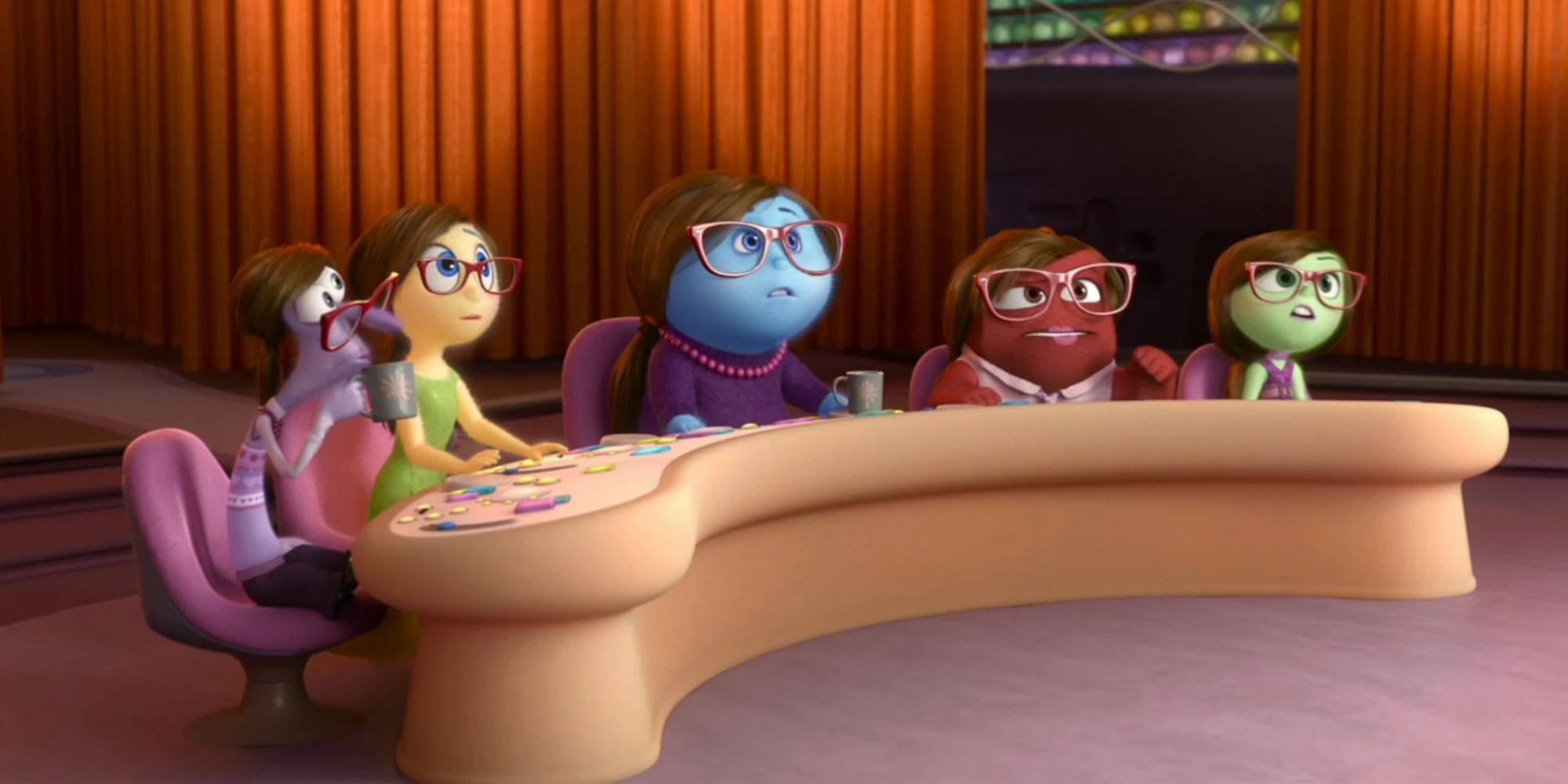
The first time that the inside of Riley’s parents’ minds were shown in Inside Out was the dinner scene in which the pair attempted to figure out what was going on with Riley. Of course, during this moment, Inside Out had yet to make its point about the importance of Sadness. Therefore, the realization that this emotion led Mrs. Anderson was a little disturbing. Leading up to the scene, Riley’s mom was seen to be a very cheerful person. She wasn’t unlike Riley’s version of Joy—always trying to put a positive spin on things. Her being led by Sadness seems to imply that this is a mask and that Mrs. Anderson is actually depressed.
Riley’s journey with Sadness proves that this is not true. The assumption that Mrs. Anderson’s central emotion is a bad thing is precisely the point of Inside Out. Unpleasant emotions are often considered unhelpful, but by suppressing those feelings, things only worsen (as seen in Riley’s story). If Mrs. Anderson were depressed, the rest of her emotion characters would have been less distinct—like those in the ending montage, Anger, Joy, Fear, and Disgust would have begun to look and act more like Sadness. Instead, the fact that her emotions all worked together while remaining independent proves that, like Riley, she had learned to value each of these as necessary.
Riley’s New Islands Explained
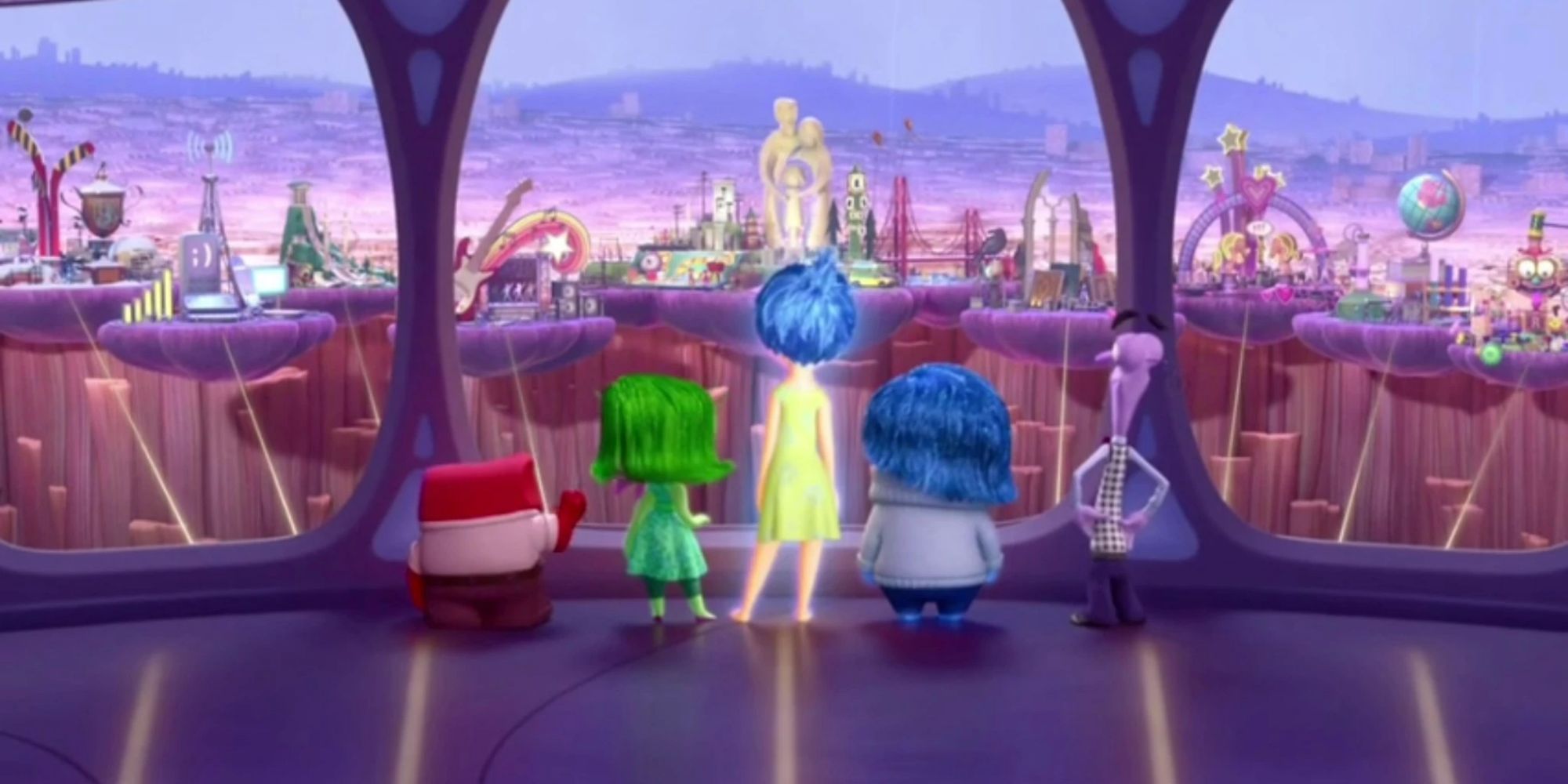
At the beginning of Inside Out, Joy explained that important memories, called Core Memories, create Islands of Personality. These islands are attributed to key parts of a person’s identity. At first, Riley had five islands. However, these all began to fall apart once Joy and Sadness were no longer at headquarters. Thankfully, when everything was set right again, Riley was able to make new, more complex Core Memories, all of which powered new Islands of Personality.
Many of Riley’s original islands were seen to have been remade at the end of Inside Out, though Family Island now contained features of San Francisco to demonstrate how the move had strengthened Riley’s bond with her parents. However, new islands—powered by multicolored memories that indicate Riley’s acceptance of all her emotions—joined the mix. Fantasy Vampire Romance Island, Social Media Island, Boy Band Island, and more may not be permanent throughout Riley’s life, but they make up who she is as of the end of Inside Out.
What Happens To Riley After The Ending Of Inside Out?
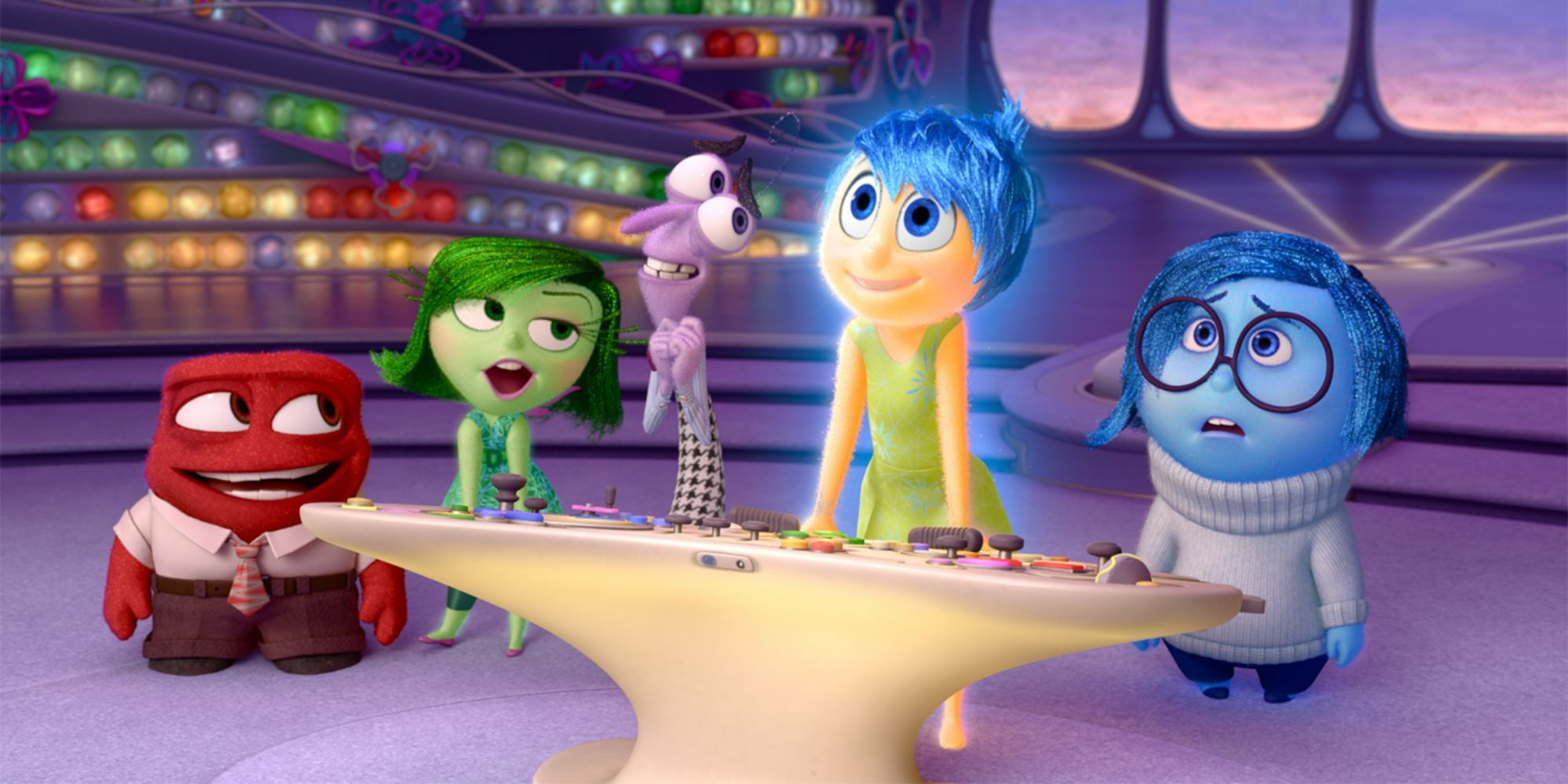
Pixar released a short titled Riley’s First Date, which showed a sliver of what Riley and her emotions have been up to since Inside Out concluded. However, the short showed far more of what was going on inside her parents’ heads than her own. As the title suggests, Riley was being picked up by a boy (the same one seen at the hockey game in Inside Out), and Mr. and Mrs. Anderson had difficulty coping with the idea. Riley’s dad attempted to intimidate the boy, while her mom tried her hand at some teenage slang to learn the nature of Riley’s relationship. Riley claimed the boy was only a friend—perhaps Inside Out 2 will reveal if this is the truth.
How Does Inside Out’s Ending Set Up Inside Out 2?
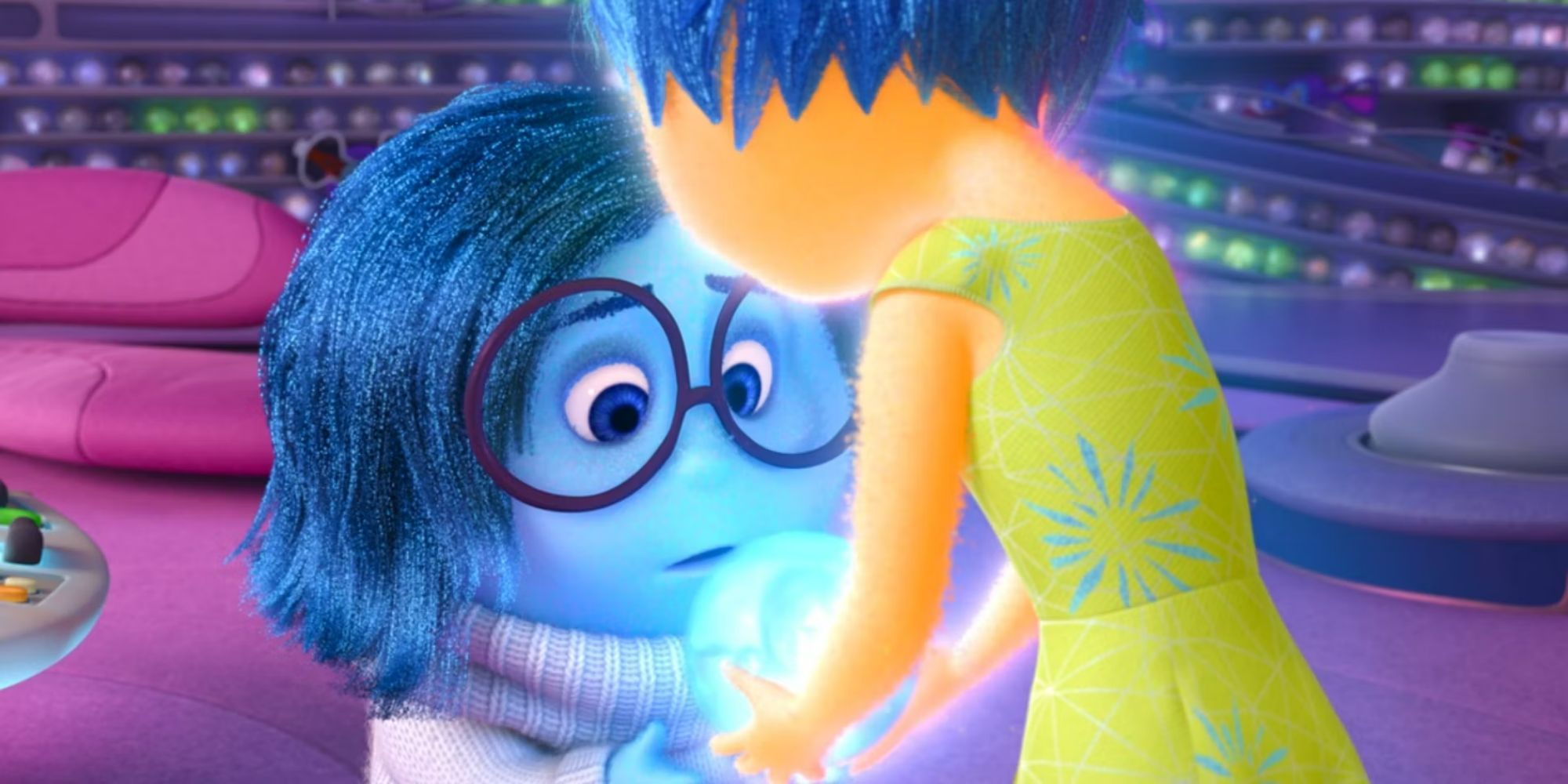
Disney officially announced that the characters of Inside Out would return for Inside Out 2, which is no surprise since the first movie ended with a significant hint that the story would continue. After the emotions received their new console and Riley settled in at her new school in San Francisco, Joy said, “After All, Riley’s Twelve Now. What Could Happen?” Of course, Riley has many more changes to come as she approaches her teenage years and more still as she approaches adulthood. All this means plenty of emotional adjusting, with more complex feelings and conflicts coming Joy and the rest of the Inside Out gang’s way.

